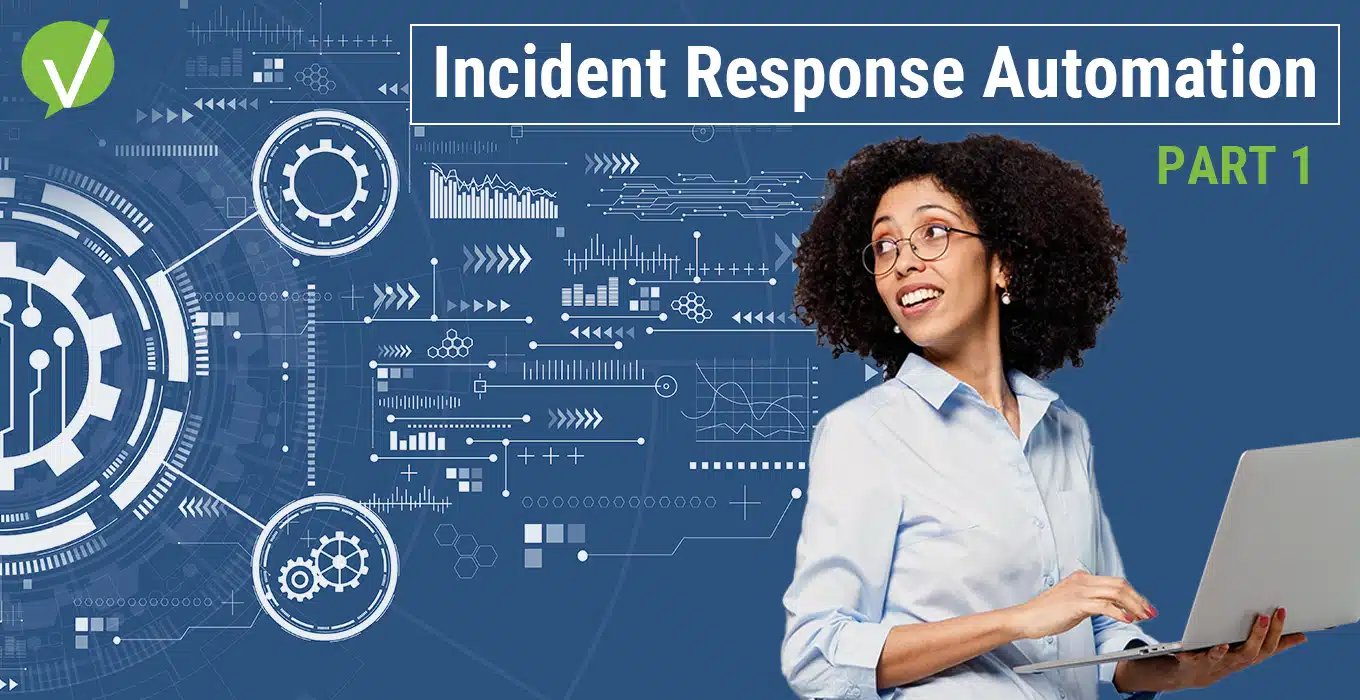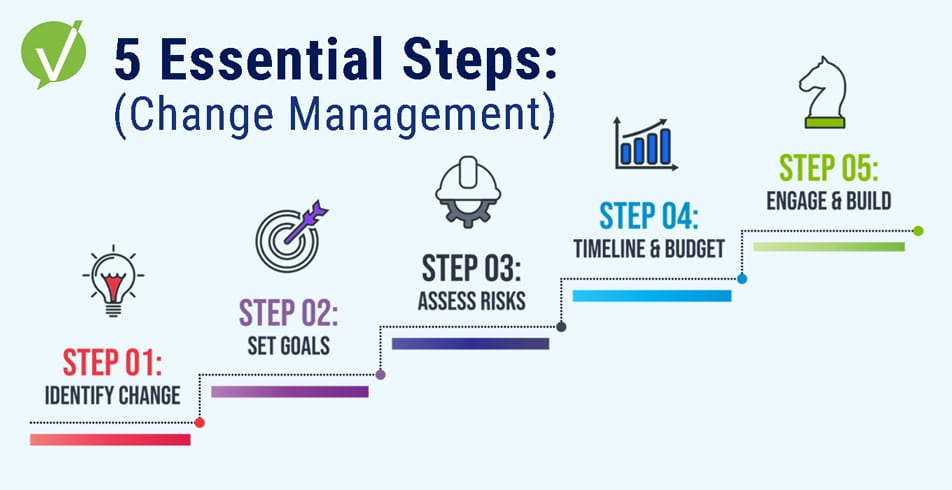Incident Response Automation: Part 1 Workflow & Prioritization
Introduction
In an era where digital transformation is shaping the future of businesses, the cybersecurity landscape is undergoing unprecedented changes. Every day, news headlines flash with stories of data breaches, ransomware attacks, and sophisticated cyber espionage. With such a volatile backdrop, it’s no wonder that organizations are taking their cyber defense strategies more seriously than ever before.
Overview of the growing threat landscape in cybersecurity
The past few years have borne witness to a meteoric rise in cyberattacks, with threat actors diversifying their tactics, techniques, and procedures (TTPs). The introduction of IoT devices, the growing popularity of cloud computing, and the vast interconnectedness of our digital world have exponentially expanded the attack surface. According to a study from the Clark School at the University of Maryland, there’s an attempted cyberattack every 39 seconds. From SMEs to Fortune 500 companies, no entity is immune. Such a complex and pervasive threat landscape calls for a robust, agile, and adaptive defense strategy.
Role of incident response in cyber defense
Incident response is not just about reacting to a cyberattack; it’s about anticipating, preparing, and systematically addressing them to minimize damage. An effective incident response plan encompasses detection, investigation, containment, eradication, recovery, and post-incident analysis. With the average cost of a data breach reaching into the millions, it’s evident that incident response isn’t just a technical requirement but a critical business imperative.
Need for automation in the face of rising cyberattacks
Given the speed and volume of modern cyber threats, manual response processes can no longer keep up. Imagine a scenario where hundreds of alerts flood a security operations center (SOC) in a single day. Manually sifting through these to determine which are legitimate threats can be a herculean task, leaving organizations vulnerable to overlooked attacks. Automation stands as the beacon of hope in such scenarios. It offers the promise of swift, consistent, and efficient responses, ensuring that threats are identified, analyzed, and mitigated in real-time, thereby safeguarding an organization’s digital assets.
As cyberattacks evolve in sophistication, so must our defense strategies. Embracing automation in incident response isn’t a luxury but a necessity in today’s digital age. In the following sections, we’ll delve deeper into the intricacies of automated incident response and why solutions like Vivantio’s service management platform are paving the way for a more secure future.
What is Automated Incident Response?
In the vast and ever-changing realm of cybersecurity, being proactive rather than reactive is crucial. As the magnitude and frequency of cyberattacks continue to soar, it’s evident that traditional, manual methods of incident response may not suffice. Enter Automated Incident Response (IR) – a paradigm shift changing the way organizations handle cyber threats.
Definition of incident response automation
Automated Incident Response is the process of leveraging technology to automatically identify, assess, and respond to security incidents or vulnerabilities without the need for human intervention. It combines the power of artificial intelligence, machine learning, and predefined response protocols to ensure swift and consistent action against detected threats. By minimizing the delay between detection and resolution, IR ensures that potential damages, both financial and reputational, are curtailed.
Transition from manual to automated response processes
Traditionally, incident response was a labor-intensive process. Security analysts would comb through logs, analyze alerts, and manually perform containment and mitigation actions. But with the digital landscape producing an overwhelming amount of data every second, manual processes became increasingly untenable. According to a survey conducted by the industry analyst firm IDC, 37% of the respondents stated that they deal with at least 10,000 alerts every month — and 52% of those alerts are false positives. With such a volume, the risk of human error or oversight grew exponentially.
The transition to automated incident response was a natural evolution. It started with the automation of simple, repetitive tasks and has now matured into full-fledged orchestration platforms that can make intelligent decisions on how to respond to varying types of incidents. This shift has not only reduced the response time but has also enhanced the accuracy and efficiency of threat containment.
Overview of tools and technologies that power automated incident response
The heart of any Automated Incident Response system lies in its tools and technologies. Here’s a brief overview of what powers these advanced systems:
- Security Orchestration, Automation, and Response (SOAR) Platforms: These tools integrate with various security products to provide a unified incident response platform. They enable automation of workflows, playbooks, and incident management processes.
- Artificial Intelligence & Machine Learning: These technologies enable the system to learn from past incidents, adapt to new threats, and make predictive analyses to preemptively address vulnerabilities.
- Threat Intelligence Platforms: These gather data about emerging threats from various sources, ensuring that the Automated IR system is always updated with the latest threat indicators and can respond effectively.
- Endpoint Detection and Response (EDR) Systems: They continuously monitor endpoints (like user devices) for malicious activities and automatically respond to eliminate threats.
- APIs and Integrations: The power of Automated IR is magnified when it can seamlessly integrate with other tools in an organization’s cybersecurity ecosystem, from firewalls to intrusion detection systems.
The dawn of Automated Incident Response is a testament to the cybersecurity industry’s adaptability and resilience. As cyber threats grow in complexity, tools like Vivantio’s Platform are ensuring that organizations stay one step ahead, armed with cutting-edge technology and automation.
Conclusion of Part 1
The digital era demands that organizations adapt swiftly, and nowhere is this more evident than in the realm of cybersecurity. As we’ve seen, Automated Incident Response offers a robust defense strategy, enabling businesses to not only counter threats with speed and precision but also streamline operations and optimize resources. While we’ve explored the importance of automation, the benefits it brings, and steps to transition towards it, our journey into understanding this topic is far from over. Ready to learn more? Check out Part 2 of this series here, where we’ll delve deeper into the intricacies of implementing Automated Incident Response and shed light on the capabilities of tools like Vivantio. Equip yourself with the knowledge to stay ahead in the cybersecurity game!













